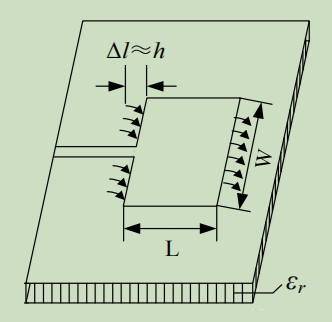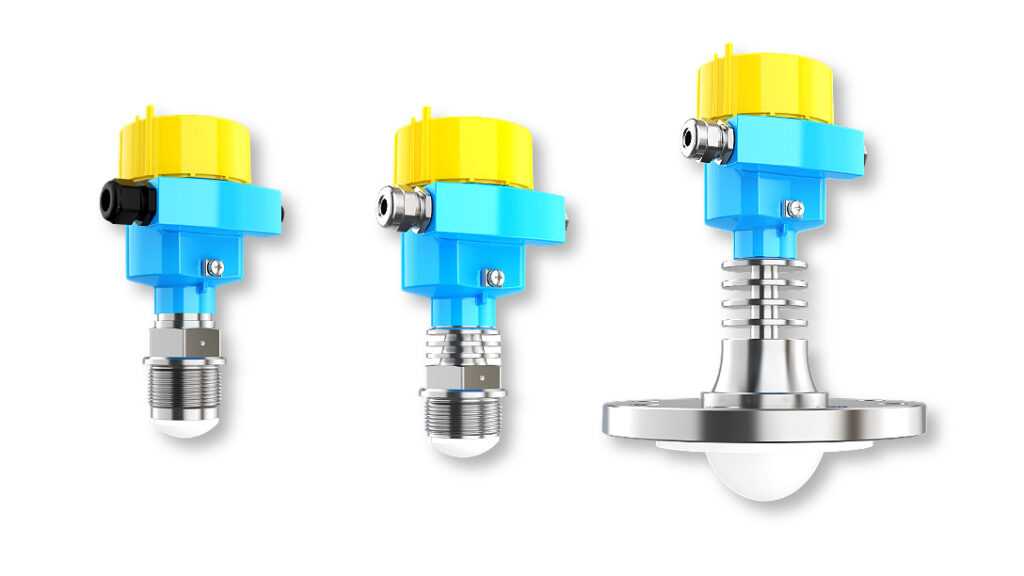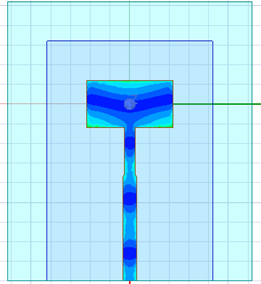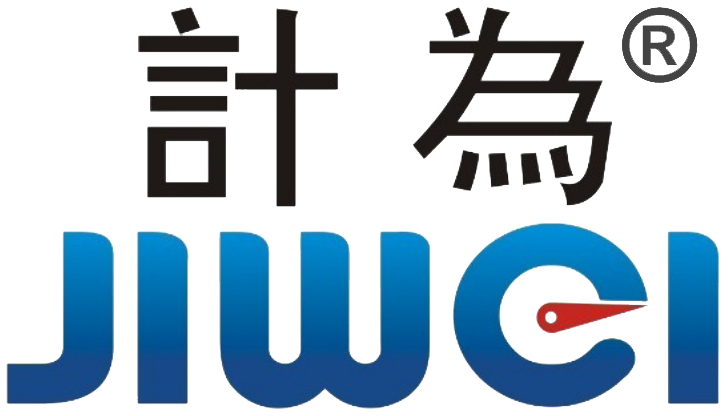Advanced Antenna & Coupler Design in Jiwei’s 80GHz Radar
As intelligent manufacturing and high-end measurement and control scenarios become increasingly complex, level measurement technology continues to evolve towards higher frequencies, stronger penetration, and greater accuracy. Among these advancements, 80GHz millimeter-wave radar level meters are gradually becoming mainstream. However, the frequency increase not only means parameter changes but represents a core device-level revolution.
Jiwei insists on independent research and development, focusing on two critical components of the 80GHz radar level meter: the microstrip antenna and the 3dB directional coupler, forming the solid foundation of radar measurement performance.

Microstrip Antenna: The “Eyes” of Millimeter-Wave Radar
The antenna is the radar’s center for energy transmission and echo reception, directly determining the beam’s directivity, focusing ability, and interference resistance. Traditional horn or rod antennas suffice at lower frequencies but face significant limitations in size, manufacturing complexity, and flexibility at the 80GHz frequency band.
Jiwei adopts a microstrip patch antenna based on a planar structure as the core solution, precisely fabricating conductor patches on a dielectric substrate to realize a flat, lightweight, and easily integratable antenna system. Its main advantages include:
- Narrow beamwidth: Enables more concentrated energy projection, suitable for elongated vessels or high-interference environments;
- High gain and low Voltage Standing Wave Ratio (VSWR): Optimizes energy efficiency and enhances radar echo effectiveness;
- Excellent consistency and repeatability: Facilitates mass production and ensures product stability.
The antenna design process involves rigorous electromagnetic simulations using tools, iteratively optimizing parameters including patch shape, size, feed method, and substrate dielectric constant, to ensure efficient radiation and precise reception within the 76–81GHz FMCW operating bandwidth.

3dB Directional Coupler: The Energy Dispatcher of Millimeter Waves
If the microstrip antenna is the radar’s “eyes,” the 3dB directional coupler is its “neural hub,” responsible for controlling signal transmission paths, phase distribution, and power division.
Jiwei employs a dual-branch coupled structure to design a four-port 3dB directional coupler with key features:
- Equal power division: Input signals are accurately split into two output ports, ensuring balanced energy for transmit and receive paths;
- 90° phase difference control: Guarantees signal synchronization and frequency shift accuracy for the radar system;
- Low insertion loss and high isolation: Enhances signal integrity and boosts anti-interference capability;
- Wide operational bandwidth: Ensures effective response across the entire millimeter-wave frequency range.
From modeling and simulation (S-parameter extraction, coupling efficiency analysis) to prototyping and vector network analyzer testing, Jiwei implements a comprehensive engineering loop to guarantee the reliability of high-frequency, high-speed signal transmission within the radar system.

The Significance of Independent Design: Overcoming Technological Barriers Beyond Outsourced Components
Currently, many domestic radar level meter manufacturers rely on externally sourced antenna modules or radar SoC integration solutions. While they achieve basic functionality, they struggle to overcome bottlenecks related to extreme condition adaptability, response accuracy, beam optimization, and cost control.
Jiwei’s R&D philosophy is fundamentally different: starting from core components, and based on a deep understanding of industrial conditions and measurement control requirements, Jiwei builds a full-link development system from electromagnetic design → signal processing architecture → manufacturing process → reliability verification.
This independent approach not only breaks the technological barriers of high-frequency radar antennas and couplers but also endows Jiwei’s 80GHz radar with:
- Stronger penetration capability: Suitable for environments with high dust concentration, intense agitation, and low dielectric constants;
- Smaller blind zone: Meets the demands for fine liquid and solid level measurements;
- Shorter response time: Facilitates rapid closed-loop control in intelligent automation systems;
- Higher stability and consistency: Ideal for large-scale project deployment and OEM integration.

Practical Validation: Market Breakthrough Driven by Technical Implementation
Jiwei’s 80GHz radar series has been stably operating in numerous complex sites characterized by heavy dust, strong corrosion, and intricate processes. It has successfully replaced imported brands such as VEGA and Endress+Hauser, gaining wide recognition from clients in chemical, metallurgical, environmental protection, and energy sectors.
The key advantage lies not in “better-looking parameters” but in the meticulous technological refinement at the millimeter scale.
Conclusion
The competition in 80GHz millimeter-wave radar is not about appearance or marketing but about who truly masters the design and control of microwave electromagnetic core components.
Jiwei leverages microstrip antenna and 3dB directional coupler innovations to achieve a performance leap at the millimeter scale, propelling domestic high-end radar measurement and control technology to new heights.
Technology is more than just specifications; strength lies in precise simulation and autonomous design at the millimeter level.
